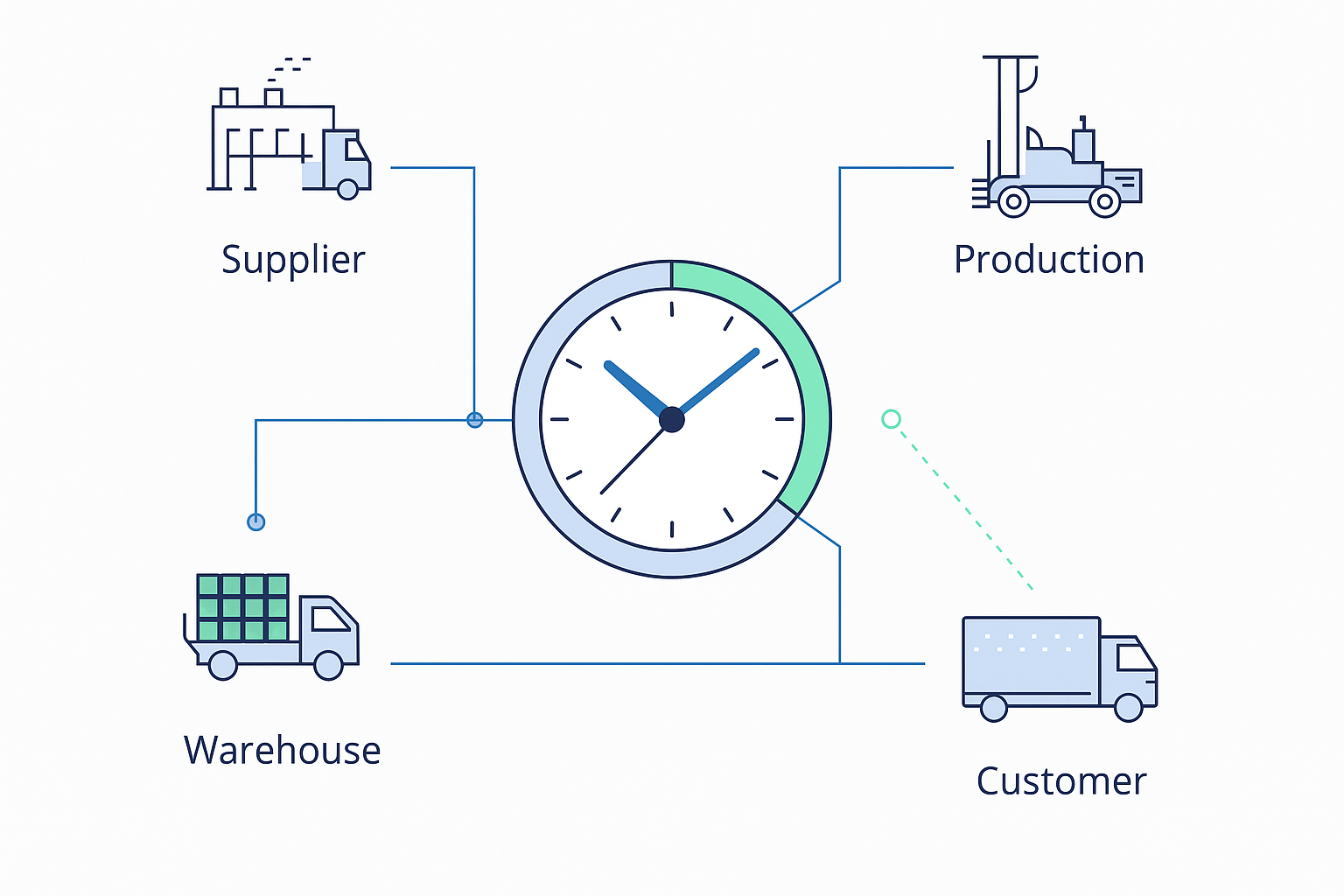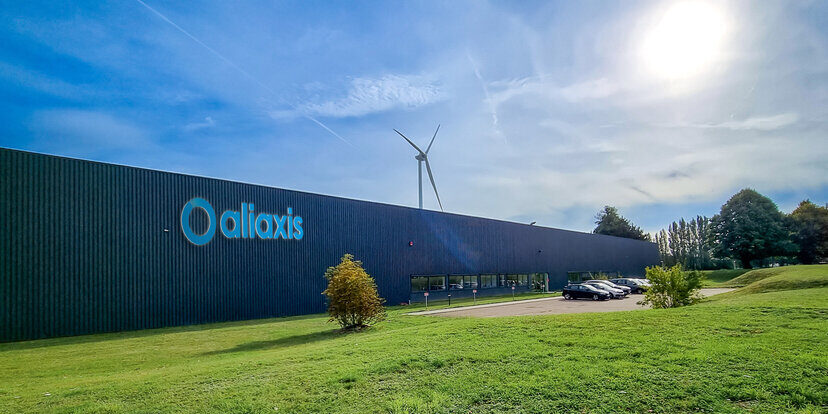Several governments are taking action to investigate the risk exposure of supply chains following the pandemic. In the US, President Biden has issued an Executive Order to investigate the diverse types of disruptions that impact critical supply chains. The executive order is all about understanding how to make supply chains more resilient.
Gartner had a great report on the effects of this directive, and we are offering a complimentary copy for a limited time. As the report states, “One of the most impactful takeaways from the Biden mandate is that the White House recognizes supply chain as the backbone of a successfully functioning economy and no longer as a back-office function that operates in a tactical manner, as opposed to strategically.”
This is just the thing supply chain professionals have been waiting for to get supply chains on the C-Suite agenda. However, to successfully build resilience into our supply chains, we cannot continue to do business as usual. We need to start thinking of different planning tactics.
In a year, companies have announced nearly $200 billion in investments in semiconductor, electric vehicle, and battery manufacturing in the United States.
If you look at mission-critical engineering applications, such as aircraft, trains, space shuttles, and even cars, there is design redundancy built into them to deal with the unexpected. Sadly, this thinking does not often inform supply chain planning. In fact, it is quite the opposite.
Let’s take an example: Semiconductors
By now, you’ve heard about the semiconductor shortage plaguing the automotive industry. While automakers anticipated a recovery in the spring of 2021, the situation is projected to worsen given a recent fire at a Japanese plant and the energy outages in Texas, the effects of which are still rippling through supply chains.
The chip shortage is now projected to last for 18 months, well into Q4 2021. This shows just how long and complex the semiconductor supply chain is. It serves multiple industry sectors: consumer electronics, automotive, medical devices, and industrial applications, among others.
When COVID-19 hit, the automotive industry experienced a massive downturn in demand. What they did then was start canceling component orders and reducing forecasts. As a result, Tier 1 suppliers for those automotive manufacturers, many of whom use semiconductors in their products, did the same thing. At the same time, there was a massive boom in demand for consumer electronics, with people working from home and transitioning to homeschooling.
Chip manufacturers shifted capacity from one product type (auto) to another (consumer). This resulted in increasing lead times for the automotive sector. Fast forward to 2021, and automotive demand is starting to return. The problem is that there is no capacity to make any chips.
What are the lessons learned?
There are two lessons we should learn from the semiconductor shortage.
On the one hand, visibility across the extended supply chain is an important emerging theme. Supply chain leaders must look not only at their immediate supply chains but also extend their horizon beyond their enterprise and its immediate suppliers. For instance, you need to look at leading indicators in other sectors/industries and see how that will affect you.
You also need to understand what’s happening within your supplier base, looking back up the supply chain to your suppliers, and beyond. Where are the supply constraints, is there consolidation of companies taking place, and who is investing in capital expenditure? All of this can provide valuable insights for assessing supply chain risk and the decisions you need to take to mitigate those risks.
The other lesson here is that this might be the beginning of the end for the automotive sector’s obsession with Just-in-Time (JIT). JIT works when we have predictable demand and limited, or at least known, supply variability. Sadly, this is no longer the planning environment we have the luxury of operating in.
The change has already happened. The pandemic only served to amplify its impact. The chip shortage shows what happens when you fail to take a more risk-based approach and consider what’s going on elsewhere, what’s happening with lead times, and what the hidden costs are for not considering risks.
There are lots of approaches and technologies that can help here. In this blog, I want to concentrate on one tactic that can be used right now: strategic buffers. I’ll discuss three buffers in particular:
- Inventory buffers
- Capacity buffers
- Lead time buffers
Inventory buffers
Inventory buffers act as decoupling points, protecting both the demand and supply sides from variability. Sized and used correctly, they are a powerful weapon to protect supply chains from the impacts of variability. Technology can really help here, as this is not a one-size-fits-all tactic.
You can use an app like AIMMS Inventory Planning to calculate the right amount of inventory required for each SKU in various scenarios, involving different levels of demand and lead time variability. This can be a powerful exercise to start shifting the conversation on inventory from a focus on reduction/elimination to using it as a strategic and tactical resource to protect against variability.
Capacity buffers
Capacity buffers compel us to leave some spare capacity to respond to unexpected changes in demand that risk overwhelming our inventory buffers and impacting service. In other words, it’s about planning some burst capacity. We know something unexpected will happen, we just don’t know exactly when or what, so we can use this surplus capacity to address the issue.
How do you plan for spare capacity? You can use a solution like AIMMS S&OP to identify your current capacity pinch points or bottlenecks. Then, you can create capacity in those places so they don’t become a breaking point in the supply chain. You can also look at the cost implications. If you find that you can’t do anything to build capacity headroom, you can increase inventory buffers instead.
Lead time buffers
When it comes to lead time variability, delays are passed on; gains are not. In other words, if my plan expects to receive a part in 4 weeks, then receiving it in 3 weeks has no impact, other than I know the part is ready for the next step in the process. However, if it arrives in 5 weeks, then I’ll likely see an impact on production.
As the semiconductor story shows us, you can’t risk your entire supply chain coming to a halt because you didn’t consider variability and delays. Inserting a lead time buffer for critical or bottleneck resources in our plans ensures we are ready to meet the planned production for that resource.
Benefits and challenges
These buffers give us great benefits:
- Inventory buffers provide adaptability, allowing variability to be absorbed at the decoupling points they create.
- Capacity buffers create agility in our supply chain, allowing us to respond to sudden changes in demand.
- Lead time buffers allow for variability in our planning, keeping us flexible amidst uncertainty.
- If we monitor the buffers, we also get great visibility and early warnings of potential problems we may need to address.
In short, they provide adaptability, agility, and flexibility – exactly what we need to build resilience. Walmart is a good example of a retailer that has been able to tackle supply chain delays and stock-outs using this kind of buffer.
While the above may seem like common sense, and to some extent it is, the biggest challenge to deploying these techniques comes from the ‘unit cost optimization’ world that most organizations exist in. When we assume lead times are stable and precise, and our plans are deterministic based on a forecast that we assume is correct, our KPIs and targets do not allow approval for adopting strategic buffers.
Unit cost optimization is too simplistic in today’s VUCA world. We need to shift the conversation to optimizing Return on Capital Employed (ROCE): how do we balance the three forces of revenue, margin, and cash? Planning for uncertainty means we protect revenue, reduce our expedited and unplanned costs, and only produce or buy what is needed, all resulting in an increase in ROCE.
Unit cost optimization is too simplistic in today’s VUCA world. – Tweet this
Resilience requires a change in mindset
To be resilient, we need to embrace a new supply chain planning paradigm. Discussing the trade-off between risks and costs and moving the discussion to one focused on ROCE is the first step in the journey. Putting the concept of strategic buffers on the table and discussing the risk and cost trade-off can be a valuable exercise for organizations looking to change.
What our readers are saying
Comments are closed.






Great article